2016 is going to be an excellent year to see not necessarily new web designs, but a deviation from the template heavy look that dominates today. The rise of content management systems has been excellent for making web design more accessible. The downside to this is the lack of individual identity that is an important part of connecting with a target audience. White backgrounds, the beloved Helvetica, and carefully contained galleries are falling out of favor.
Layered designs are being utilized more often, and to better effectiveness in 2016. The goal is bold, yet purposeful. Limitations of the past have been removed by improved technology. Google fonts have revolutionized the availability of options. Additionally, new Google image technology is influencing aesthetics in a surprising way.
From couple of years have been predicting web design trends for 2014 and 2015 here on Codecondo. In this post we will be looking out for designing trends for 2016 which are listed below. All of these features point to a bright future for web design in 2016.
1. Paired/Custom Typefaces

The default of paring serif and sans serif fonts are out the window. Design viewers now expect more. Using a logo in the header with Ariel throughout the body is also no longer default. Scripted fonts have gained acceptance from the community, and it is now appropriate to combine them with retro inspired typefaces. Even professional organizations now have permission to be funky. Unexpected visuals and type are now the expectation for 2016. Since so many fonts are available online, be aware of copyright issues. The best bet is to create or alter your own, but if that isn’t possible, choose typefaces that are available for commercial use.
2. Brilliant Color Schemes
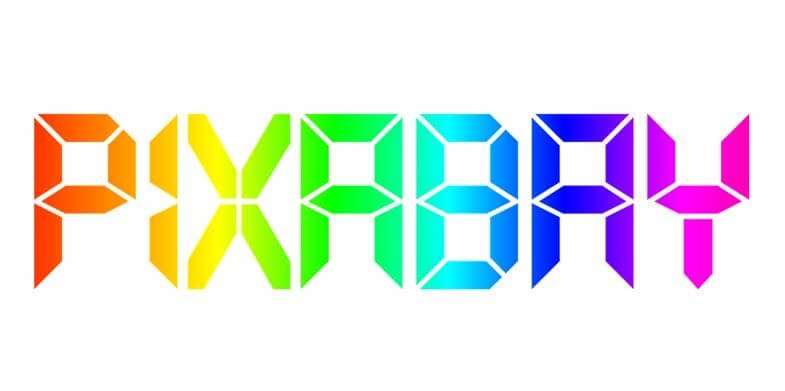
The exciting news about choosing loud hues is that they can be weaved into a web design for any industry. Gone are the days when fun was for design portfolios only. Since both digital and hand-drawn illustrations have made a comeback, this provides the perfect opportunity to incorporate the trend without being obnoxious. Take some inspiration from game or interior design styles to stay ahead of the curve in 2016. Color can be used alongside with size to create hierarchy, and improve navigation. To avoid error, keep in mind contrast issues, especially for mobile browser users and small screens.
3. 80’s/90’s Retro

In 2016, 80’s/90’s retro web design utilizes clear elements to identify it. A black background is an ideal place to start. Add neon type and larger than life images to pull it together. In order to keep it modern, remember to add breathing room. Just like the abundance of white space that is abundant now, as much black needs to be integrated in order to keep the composition from getting too busy. This style is a wonderful attention-getter, and welcome respite from the current redundancy of ready-made templates. Check out EDC’s website for an example of how to implement this trend properly. If you have the budget, invest in original image creation to keep it original.
4. Flat design
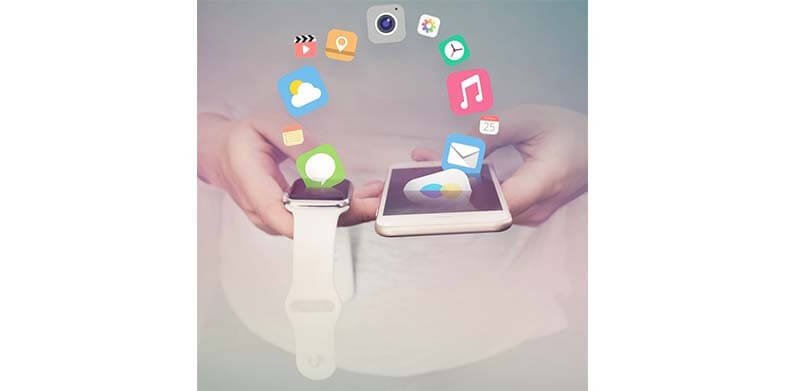
Flat design is still around, although it is experiencing some updates due to the introduction of material design. The best way to use it in 2016 web design is to combine it with other trends on this list. Instead of delegating it to icons, make custom characters, or use it to replace photography. Most importantly, stay away from the blues, greens, and yellows that identify major brands. More black could potentially update it enough to keep flat design relevant for one more year. Neon and primary colors will provide cohesiveness to fit in with the rest of 2016’s direction. Feel free to take inspiration from material elements, but don’t jump full on the bandwagon, or your website will blend in with everyone else’s in six months.
5. Custom Illustration
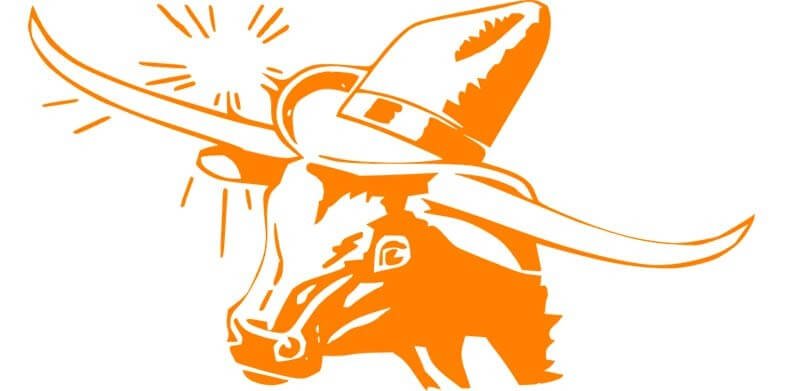
The resurgence of custom illustration is one of the bright spots in the direction of 2016 web design. There are so many techniques to choose from, and the World Wide Web is now your oyster. Seizing the opportunity that this trend provides will elevate your web design to a highly professional level. Demand for stock photography is still high, but to rely on it solely for a web design is just lazy. Use illustration to convey your creativity whether your design is for a hotel, car dealership, or government agency.
6. Creative Use of Animation

Cinemagraphs, or moving pictures, are a way to integrate the animation trend into your website without slowing it down. Any kind of motion (except Flash) has the potential to keep users on the page longer, as well as add interest to a static design. Animated logos are even becoming more popular, and can be used as a profile picture on Facebook pages. UI animations have been adopted by apps, and are gearing up to join the web. Increases in availability of JS libraries are propelling them forward. 2016 will birth more tools that will make UI animations easier to integrate.
7. Google Deep Dream
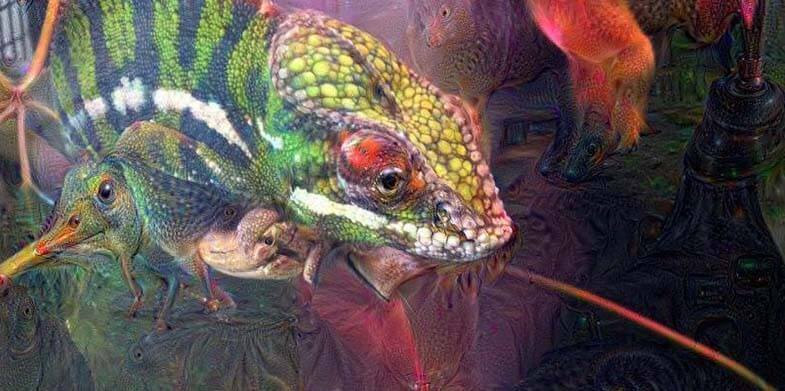
Google Deep Dream is an online generator that identifies attributes of an uploaded image, and morphs it into something new. The consensus is that it’s irresistible, while also being referred to as terrifying, kitschy, and psychedelic. The creations by themselves are readily viewable online, but a proper application for them has yet to be identified. This is one area where a fantastic web design can merge the scientific trend with one of abundant creativity.
8. Material Design
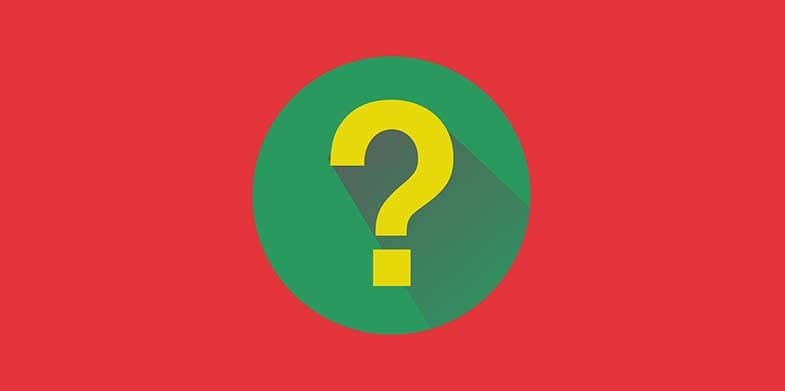
Material design, flat 2.0, or semi-flat design is quickly on the rise. It adds shadows, consideration of a z-axis, and well-defined principles of consistency to its predecessor. Material design takes usability into account, and continues to blur the lines between art and science. This trend is efficiency focused, and well supported by today’s fast evolving technology.
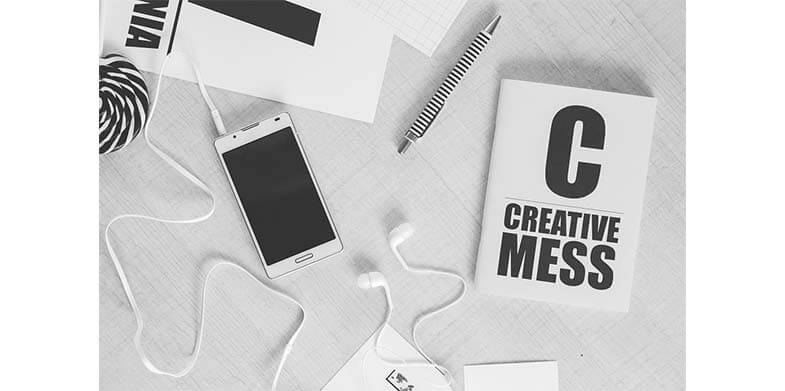
Conclusion:
2016 web design trends are less attentive to the present, and instead look to the past and future. The only rule is to limit the use of stock responsive sites. The wonderful function of them will still exist, but this year will be elevated to ingenious heights. Innovation is at the forefront, and instead of just adopting 2016’s trends, look for ways to make them your own. The addition of layers, hand-drawn elements, and motion graphics will be continuing themes. User-centricity is still in focus, and is not going away any time soon. Instead, more artistry is ahead to break up the auto-generation that is commanding this decade of design. If you have any doubt about what to do, look to Google, who is leading the pack with multiple web design trends of the year ahead.


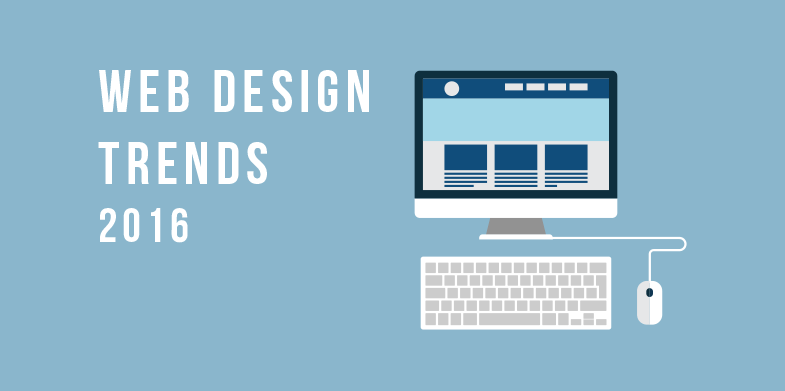
Love the current design ideas for 2016 looking forward to seeing more from google deap dream
Honestly the best read of the year.. Kudos…… You just opened my horizon
Flat design is widely spread among IOS. I consider this trend to be a really cool one. It creates the illusion of replacing and moving icons by yourself that makes you feel a boss of your gadget:D To be more serious, I think that this trend will be more popular among the sites. Flat design is quite interesting and attractive.